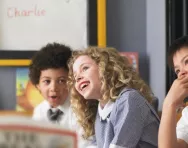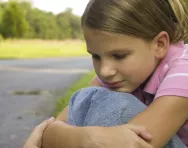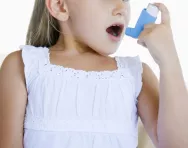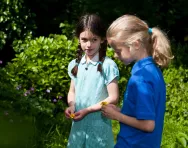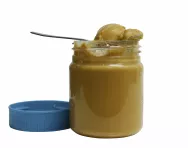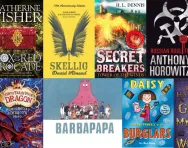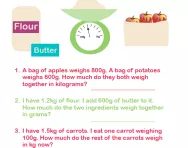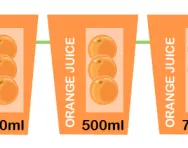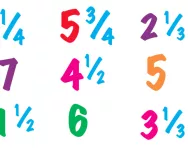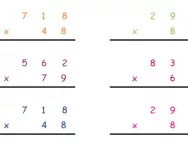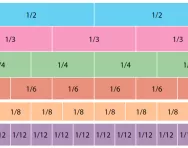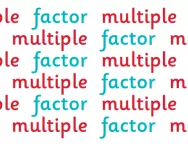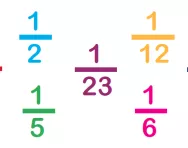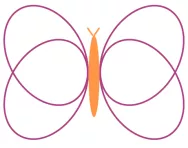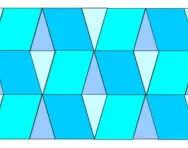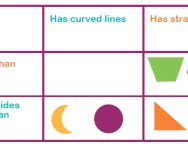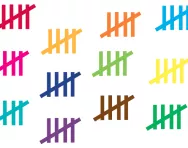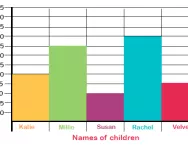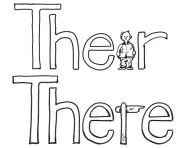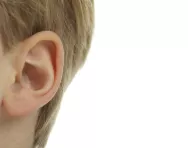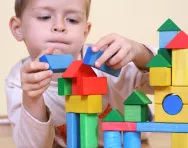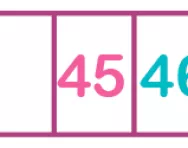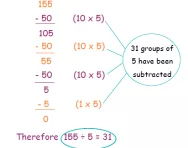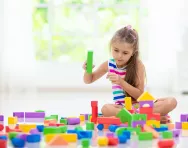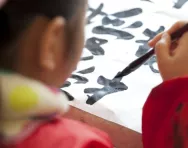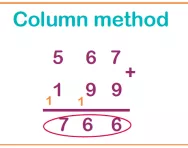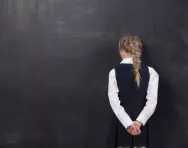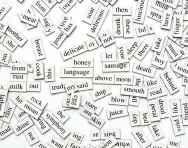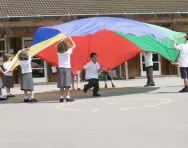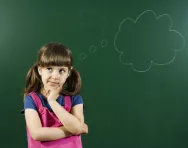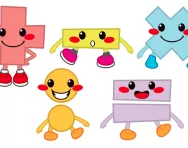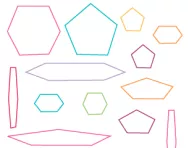Blending sounds: teachers' tips
Struggling to help your child 'blend' sounds when they're reading aloud? Primary teacher Phoebe Doyle offers tips to help you support their phonics learning and early reading at home.
Managing separation and divorce at school
Separation isn’t just a family affair – the consequences need to be managed at school, too. Moira Holden explains the legalities involved and experts give advice on how to deal with your child’s education as a separated family.
Managing asthma in primary school
Managing asthma at school can be a challenge, but new legislation will ensure that children with long-term health needs receive extra support. Jo Willacy reports.
The parents’ guide to developmental language disorder
A significant percentage of children are thought to be affected by DLD, but it often goes unrecognised. We look at how to spot the signs and help your child.
Sex and relationships: how to talk to your primary-school child
How should you discuss the birds and the bees with your child and when, and what can you expect your school to provide in terms of sex and relationships education? We asked the experts for their guidance for the primary-school years.
Dealing with anaphylaxis in schools
If your child suffers from a severe food allergy, sending them to school every day can be a daily battle of trust. Jo Willacy takes a look at policy, action plans and training for parents and school staff to help tackle allergy management concerns.
Managing diabetes at school
If your child has diabetes, which is a condition when the body doesn’t produce enough insulin, you want to know that they’ll be as healthy and safe as possible at school. We share tips about drawing up a care plan, communicating effectively with school and raising awareness of diabetes with teachers and carers.
14 of the best new books for children for Christmas 2013
Start a new tradition of reading in front of the tree on the evening of 25 December with these brilliant new books for 4-11 year olds. From thrillers to Dr Who adventures, picture books to hide-under-the-covers scare stories, they'll transport your child around the globe and back and forwards in time so effectively that all the new screens and interactive games will be forgotten. Happy reading!
What is a word problem?
We explain what a word problem is and give examples of the types of word problems your child might be challenged with in each primary-school maths year group, from Year 1 to Year 6.
What is capacity?
We explain what capacity means and how children are taught to understand the concept in KS1 and learn about the relationship between millilitres and litres, and in KS2 use decimal notation to record the capacity of water and convert between units of measurement.
What are improper fractions and mixed numbers?
We explain what improper fractions and mixed numbers are and how the relationship between them can be taught to primary-school children.
What is long multiplication?
We explain what the long multiplication method is and review how multiplication skills are built up through each year of primary school.
What are equivalent fractions and simplifying fractions?
We explain what equivalent fractions are, how the concept of equivalence is introduced in primary school maths and how knowledge of equivalent fractions is then used to simplify fractions.
What are multiples and factors?
We explain what multiples and factors are and how children are taught to recognise multiples from Year 1 and factors from Year 5, with examples of the types of problem they might be asked to solve.
What are standard and non-standard units?
We explain what standard and non-standard units are and how non-standard units can help children understand the concept of weight before they master the skill of accurate measurement and converting units of measurement
What are unit fractions?
We explain what unit fractions are and why children need to understand the concept of unit fractions before moving onto more advanced fractions learning.
What is symmetry?
We explain what symmetry is and how primary-school children are taught to find the line of symmetry and draw lines of symmetry on different shapes.
What are tessellating shapes?
We explain what tessellating shapes are and why tessellation may be taught in primary school as part of learning about 2D shapes.
What is an estimate?
We explain how children are taught to make estimates to check whether their answers are correct and how this skill is applied to more difficult calculations as your child advances through primary school.
What is a Carroll diagram?
We explain what a Carroll diagram is and how primary-school children are taught to use a Carroll diagram to sort data, such as a group of objects or numbers, methodically.
What is a tally chart?
We explain what a tally chart is and how children are taught to use a tally chart to collect data and interpret data on tally charts.
What is a bar chart?
We explain what a bar chart is and how children are taught to interpret a bar chart, produce their own bar charts on grid paper and on a computer, and produce bar charts with grouped discrete data.
Memory aids for kids
Rhymes, acrostics and other mnemonics could all help your child to remember important facts, from tricky spellings to grammar rules. We asked the experts why they work so well – and for their top 10 memory aids.
Glue ear: all your questions answered
Children afflicted by glue ear can have a miserable time at school, but the nature of the condition means many parents and teachers may not even guess that a child is suffering. Moira Holden looks at the causes of glue ear and how it can be treated.
Best construction toys for kids
Want to develop your child’s problem-solving skills, understanding of physics and fine motor control (essential for handwriting)? Time to get out the building blocks! We pick eight of the best construction toy sets for budding engineers, architects and designers.
100 of the best educational toys: stocking fillers
Don't forget the stockings! These little toys and games are the perfect size to slip in, yet still offer plenty of educational opportunity. Encourage observation, curiosity, dexterity and creativity with these brilliant gifts, whatever age your child is.
What is rounding numbers?
We explain what the term 'rounding numbers' means and how children are taught to go from rounding two-digit numbers in Year 2 to rounding decimals in Years 5 and 6.
What is the bus stop method for division?
We explain what the bus stop method for division or short division is and why this is a quick and efficient method for working out division with larger numbers.
What is chunking?
We explain what chunking is and how this division technique is taught in primary school to help your child divide large numbers.
100 of the best educational toys: KS1
These games and toys consolidate early reading skills, help with simple maths calculations, boost strategic thinking and even introduce your KS1 child to engineering and geology! For literacy and numeracy fun in toy form, these are the games to try.
Primary-school Chinese: the lowdown
Learning a foreign language has been compulsory for Key Stage 2 children since 2014, and Mandarin is an option in forward-thinking schools. Lucy Dimbylow explains what you need to know about Chinese in primary schools.
What is the column method?
We explain what the column method is, how it is set out and why it is an efficient method for working out addition and subtraction.
School exclusions: everything primary-school parents need to know
Parents faced with their child being excluded from school are often very upset and confused. Moira Holden looks at the regulations that surround the exclusion process.
13 ways to make grammar fun for children
With all Year 6 children required to take a spelling, punctuation and grammar test and more emphasis on the technical side of English in the primary curriculum, we asked the experts for their top tips and practical activities to help your child engage with – and enjoy – grammar.
6 primary-school health concerns parents need to look out for
The days of colic and cradle cap may be long gone, but your primary school child is now susceptible to a different range of health issues. From tummy bugs and nits to emotional health concerns, Lucy Dimbylow looks at what you need to know to keep them safe and well.
7 life skills all primary-school children need
Not everything your child needs to get on in life can be learned in the classroom. From typing and DIY skills to cooking and lifesaving, here are seven vital skills that will stand them in good stead in the primary-school years and beyond. By Lucy Dimbylow
Philosophy in primary school: how thinking skills will benefit your child
Pondering life’s big questions could have some surprising benefits for your child. So how is philosophy taught in primary schools, and how can you encourage children to think deeper at home?
What are the four operations?
We explain what the four operations are and how children learn about addition, subtraction, multiplication and division over KS1 and KS2, working towards solving problems involving all four operations.
What are regular and irregular shapes?
We explain what regular and irregular shapes are and suggest mnemonics to help children remember how many sides different shapes have. We also have examples of the types of questions primary-school children might be asked about shapes.
What are the properties of 2D and 3D shapes?
We explain what the properties of 2D and 3D shapes are, what faces, edges and vertices are and how children will describe 2D and 3D shapes in KS1 and KS2.
